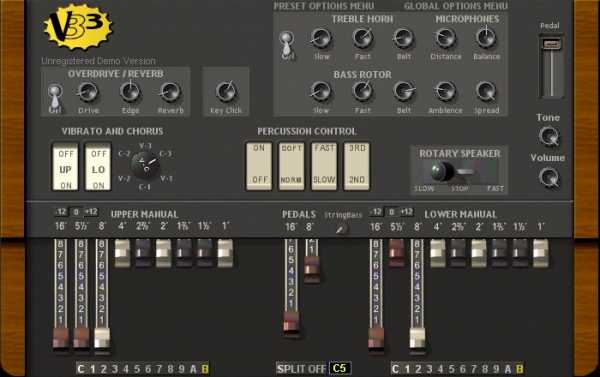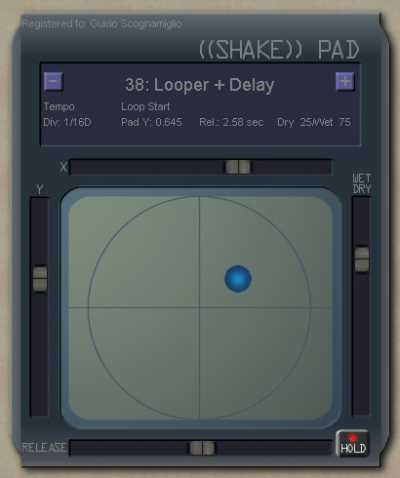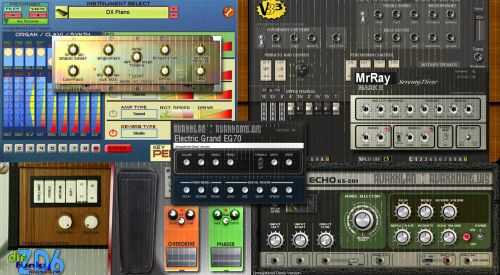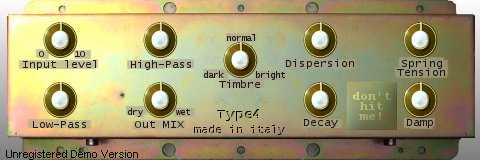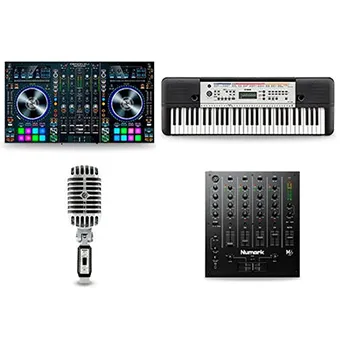GSi VB3 v1.4 VST VSTi WiN
TEAM ASSiGN | 29 JUNE 2010 | 7.23 MB
VB3 is a virtual tonewheel organ which simulates an american electromagnetic organ of the old days, but it’s also capable of other simulations like the italian transistor organs of the seventies or the red-tolex organs played by famous pop bands of the sixties.
Viewed 6046 By Music Producers.


